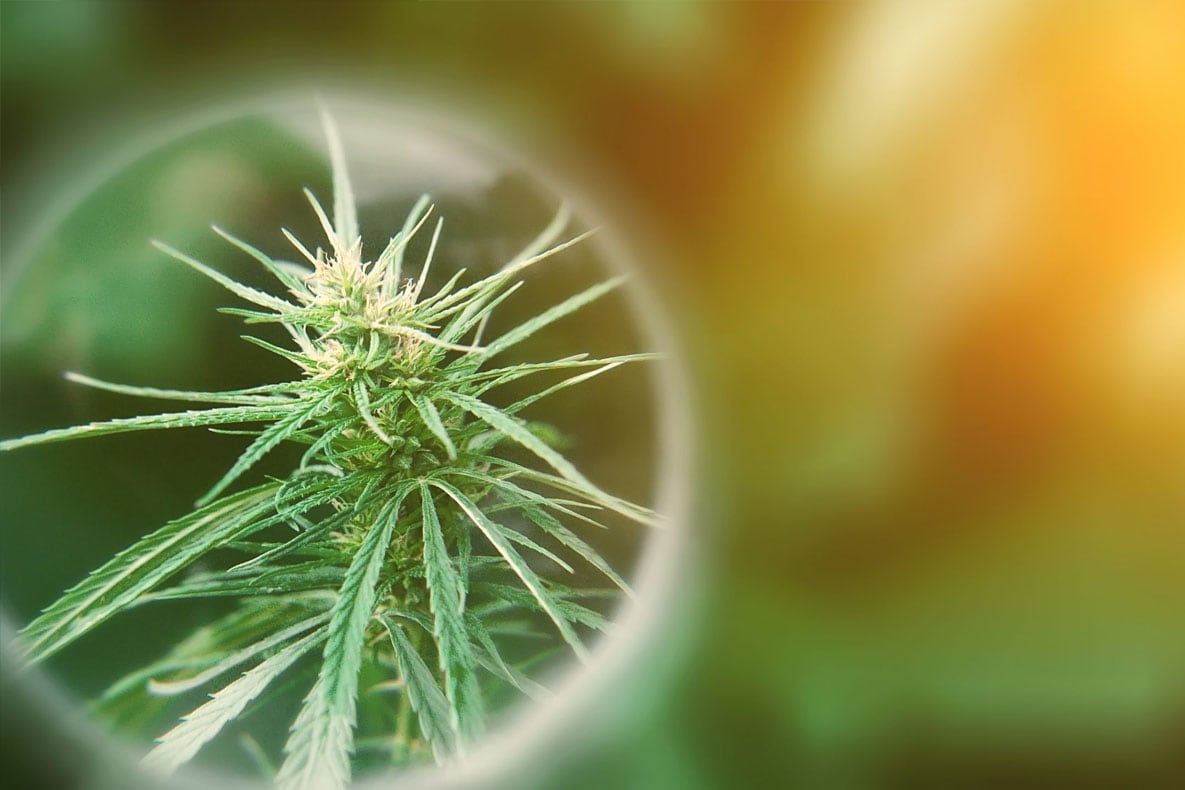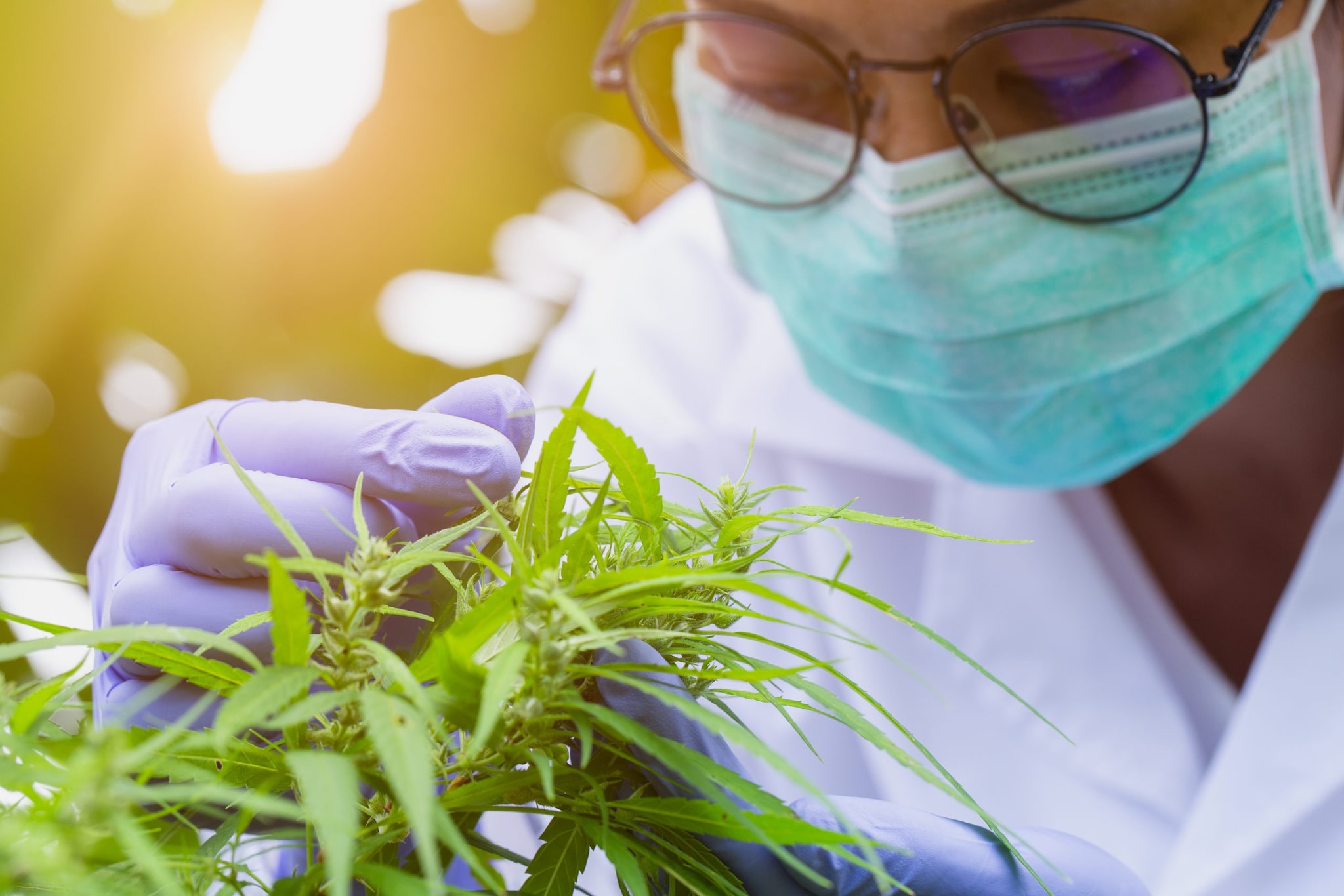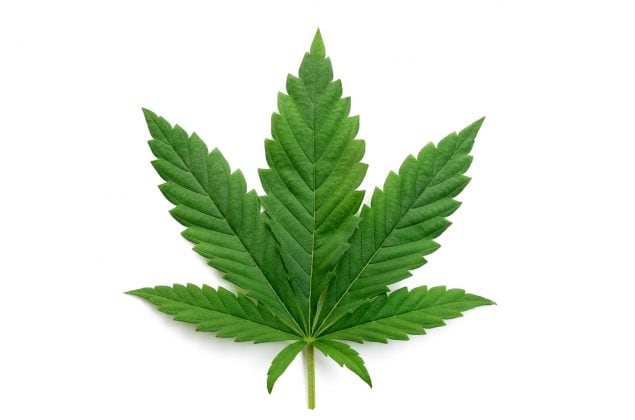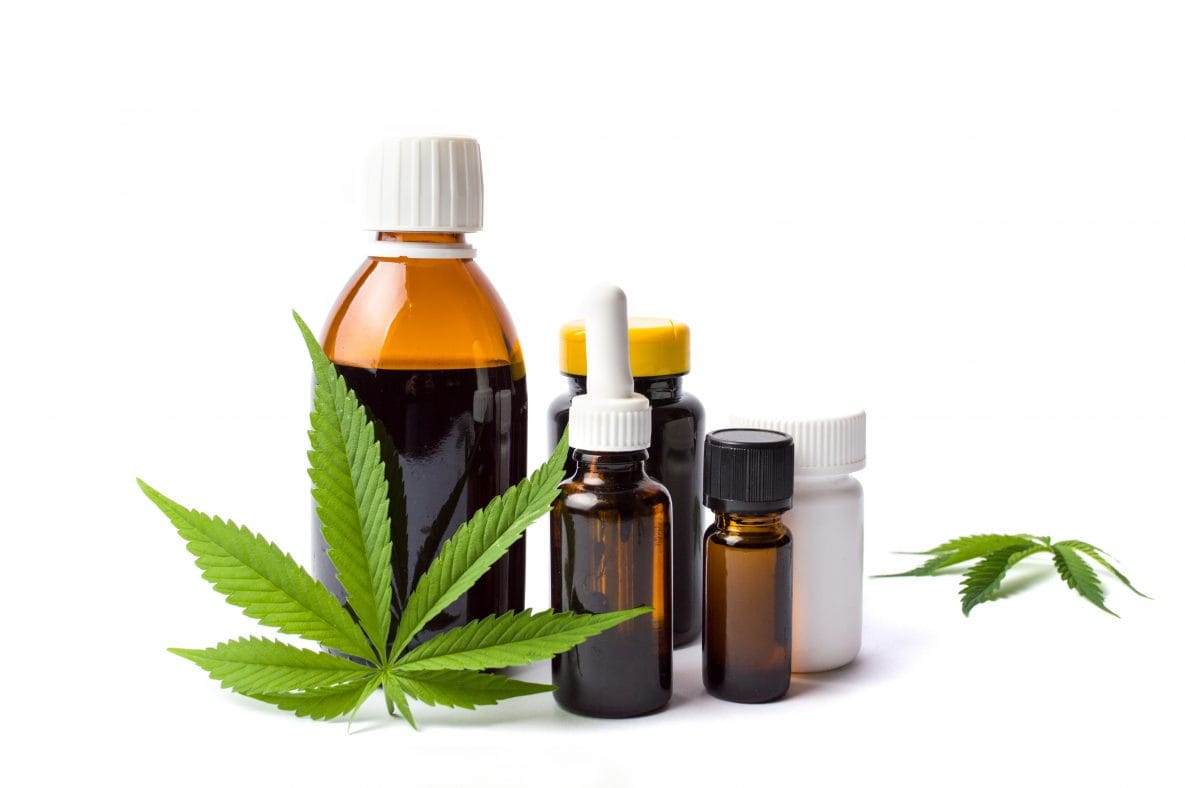What We Know about Marijuana

Marijuana—also known as cannabis, weed, pot, or dope—refers to the dried flowers, leaves, stems, and seeds of the cannabis plant. The cannabis plant contains more than 100 compounds (or cannabinoids).
These compounds include tetrahydrocannabinol (THC), which is impairing, and cannabidiol (CBD), which is not impairing–meaning it does not cause a “high.”
Legalization of Marijuana in the U.S.
Marijuana remains illegal at the federal level; however, more than 50% of states, the District of Columbia, Guam, Puerto Rico, and the U.S. Virgin Islands have legalized marijuana for medical use. Also, states are increasingly legalizing it for non-medical adult use.
Although marijuana is used for medical and non-medical adult use, this does not mean it is safe. Scientists are still learning about the health effects and the potential health benefits of using marijuana.
How Can Marijuana Affect Your Heath?
Even though more research is needed to fully understand some of the health effects of marijuana, we know marijuana use may have a wide range of effects on the brain and body.
Brain Development and Function
- Developing brains, such as those in babies, children, and teenagers, are especially susceptible to harmful effects of marijuana and THC. Using marijuana during adolescence or young adulthood, before the brain is fully developed, may affect how the brain builds connections for functions like attention, memory, and learning. These effects may last a long time or even be permanent.
- Recent marijuana use (defined as within 24 hours) directly affects parts of the brain responsible for decision-making, coordination, emotions, and reaction time and can impair important skills required for safe driving.

Marijuana is the most commonly used federally illegal drug in the United States, with an estimated 48.2 million people using it in 2019.
Heart and Lungs
- Smoking any product, including marijuana, can damage the lungs, increase risk of bronchitis, and scar small blood vessels. Smoking marijuana can also increase the risk for stroke, heart disease, and other vascular diseases.
Mental Health
- Marijuana use has been linked to social anxiety, depression, suicide, and schizophrenia. Scientists don’t yet know whether marijuana use directly causes these health issues, but it may make symptoms more severe.
Inhaling or Eating Marijuana
- Vaping THC-containing products has been linked to lung injury and even death. Use of concentrates in vaping or dabbing devices delivers very high levels of THC to the user and may carry health risks because of the high concentration or strength of THC being used.
- Eating edibles (foods and drinks that contain marijuana) can take longer to kick in compared to smoking marijuana. The delayed effect of consuming edibles may increase the risk of consuming too much, which can lead to poisoning or serious injury.
Polysubstance Use— The use of more than one drug. This includes when two or more drugs are taken together or within a short time period, either intentionally or unintentionally:
- Using alcohol and marijuana at the same time will likely cause greater impairment and risk of physical harm.
- Using marijuana in combination with opioids can increase risk for opioid misuse.
- Marijuana may change how prescription drugs work, so talk with your doctor about any medications you are taking and the possible side effects when mixed with marijuana or other drugs.

Some people who use marijuana will develop marijuana use disorder, meaning that they are unable to stop using marijuana even though it’s causing health and social problems in their lives.
One study estimated that approximately 3 in 10 people who use marijuana have marijuana use disorder. The risk of developing marijuana use disorder is stronger in people who start using marijuana during youth and who use marijuana more frequently.
If you use marijuana products, keep them in childproof containers and out of the reach of children.
For additional questions, contact your healthcare provider, your health department, your local or regional poison control center at 1-800-222-1222, or 911 if it’s an emergency.
Marijuana as Medicine

The Food and Drug Administration (FDA) has approved one plant-based marijuana drug and two medications made from synthetic chemicals that mimic the actions and effects of THC. These medications are only available with a prescription from a licensed healthcare provider:
- Epidiolex contains purified CBD from the marijuana plant. The drug is approved for treating seizures associated with two rare and severe forms of epilepsy (Lennox-Gastaut syndrome and Dravet syndrome) as well as seizures associated with a rare genetic disorder (tuberous sclerosis complex).
- Dronabinol (brand names: Marinol and Syndros) and nabilone (brand name: Cesamet) are made from lab-created chemicals that act like THC by turning on cannabis receptors in the brain. These two medications are used to treat nausea in patients with cancer who are undergoing chemotherapy treatment and to increase appetite in individuals with AIDS who do not feel like eating (wasting syndrome).
- Marijuana and Public Health | CDC
- CDC Strategic Plan | Marijuana | CDC
- What You Should Know About Using Cannabis, Including CBD, When Pregnant or Breastfeeding | FDA
- Drug-Impaired Driving Fact Sheet | Transportation Safety | CDC
- State Medical Marijuana Laws (ncsl.org)
- Increases in Availability of Cannabis Products Containing Delta-8 THC and Reported Cases of Adverse Events | Health Alert Network (HAN) (cdc.gov)
- 5 Things to Know about Delta-8 Tetrahydrocannabinol – Delta-8 THC | FDA
- COVID-19 and People at Increased Risk | Drug Overdose | CDC Injury Center
- Know the Risks of Marijuana | SAMHSA